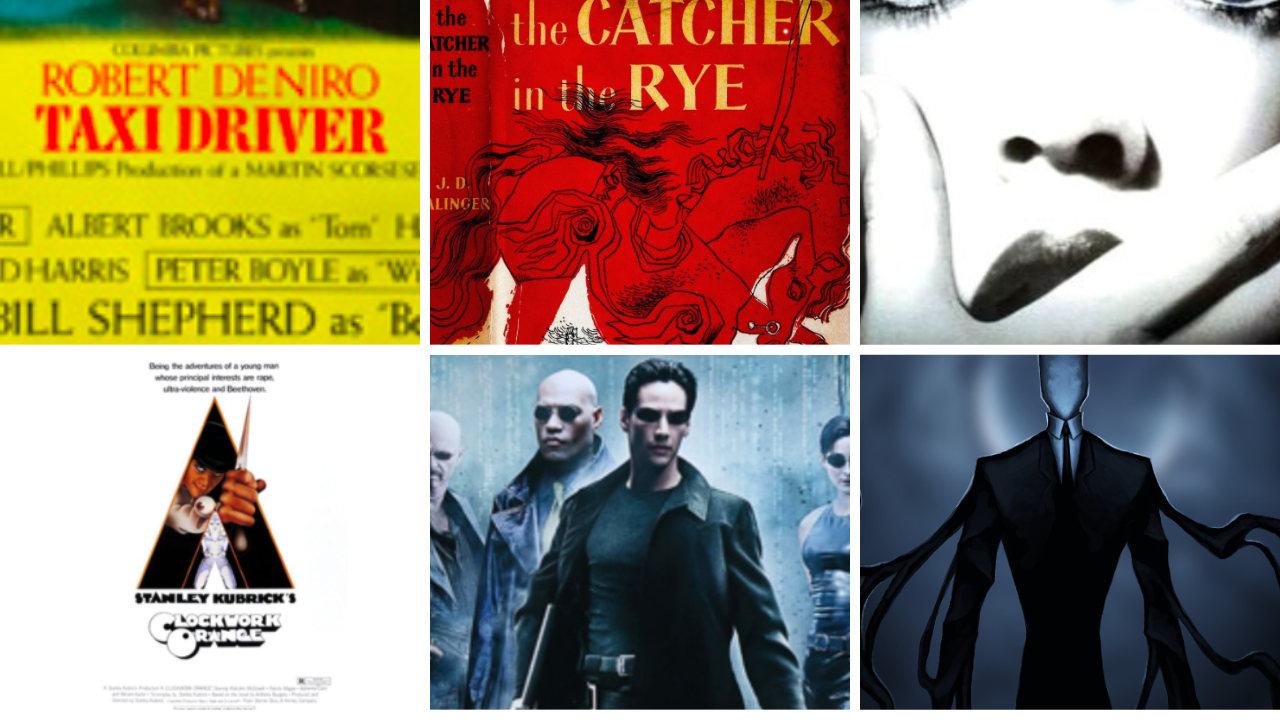Stories can shape more than taste. Sometimes they prime a script for people already teetering between fantasy and action. Across decades, detectives and judges have linked real violence to characters that offenders treated like mentors, mascots, or masks. The pattern is unnerving but familiar: a fragile identity borrows a costume, and suddenly fiction supplies a method, a motto, even a myth. What follows traces eight moments when narrative bled into motive, and how communities tried to make sense of the aftermath.
Slender Man: Internet Horror, Real-World Harm

In 2014, two twelve-year-olds in Waukesha coaxed a classmate into the woods and stabbed her nineteen times, believing the faceless online figure Slender Man demanded a sacrifice. The girl lived; years of psychiatric care followed for the attackers. Police pulled apart chat logs, drawings, and shared delusions that made a creepypasta feel like a command. The case turned a web legend into evidence and forced parents, schools, and courts to confront how digital folklore can harden into dangerous belief.
Dexter A Killer Who Tried To Script Reality
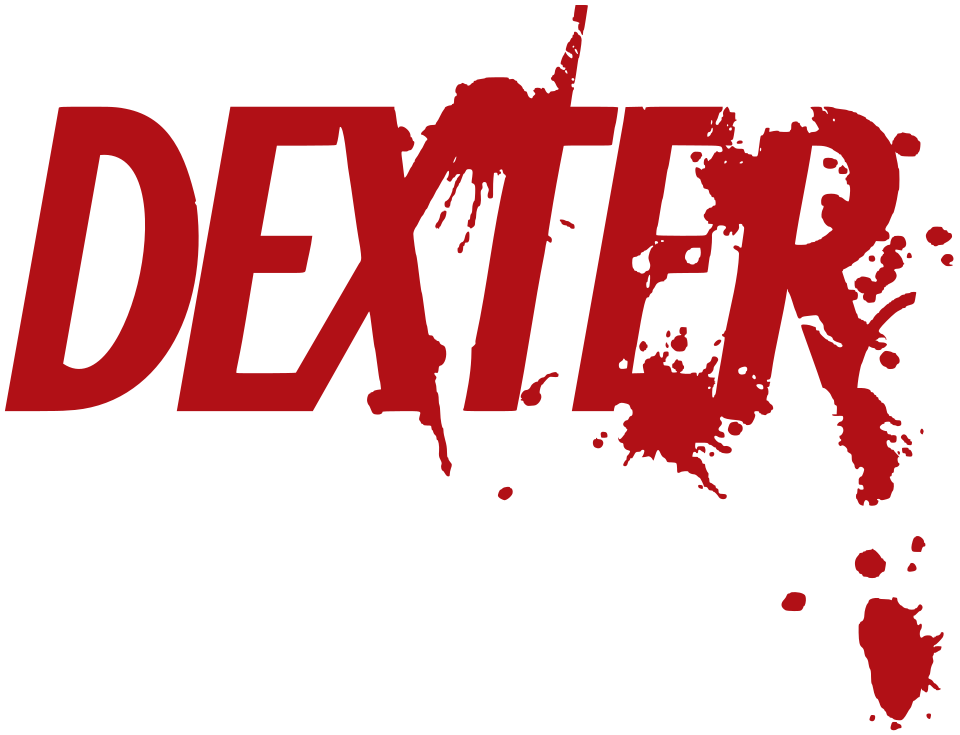
In 2008, aspiring filmmaker Mark Twitchell mirrored the TV vigilante Dexter Morgan, staging a garage as a kill room and luring victims with fake dates. Investigators found masks, plastic sheeting, and drafts that read like rehearsals for murder. The persona looked clever until trial stripped it down to predation and vanity. He was convicted of first-degree murder in 2011. Beneath the fan costume sat an ordinary motive set: thrill seeking, control, and the hunger to be seen.
Scream Teen Horror Copied In Cold Blood
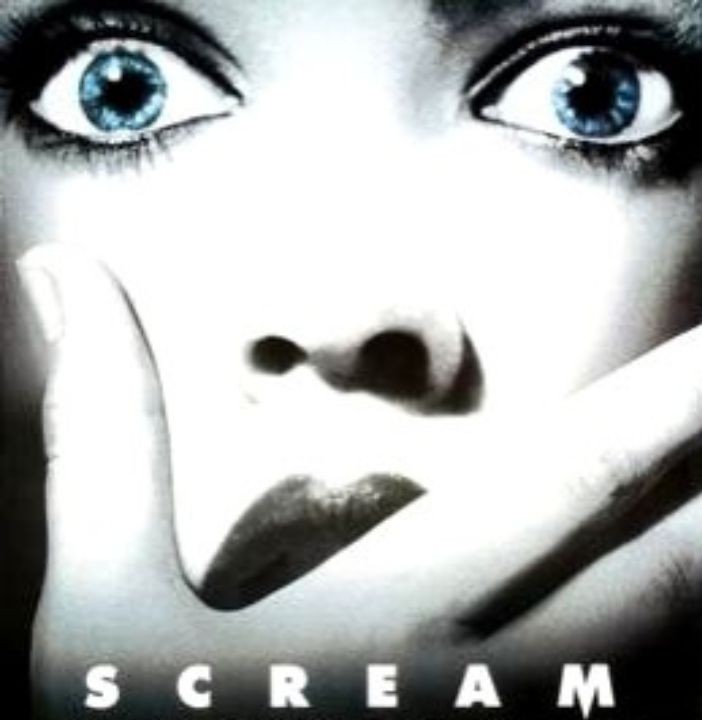
In 2006, Idaho teens Torey Adamcik and Brian Draper murdered Cassie Jo Stoddart while she was housesitting, after filming themselves planning an homage to slasher films. They cut the power, stalked the rooms, and tried to turn fear into spectacle. Those tapes became devastating evidence, burying any claim that it was a prank gone wrong. The courtroom made one point very clear. Genre trappings may feel cinematic, but accountability is real, and both now serve life sentences.
Taxi Driver Obsession That Shot A President

John Hinckley Jr. fixated on actor Jodie Foster after watching Taxi Driver and recast himself as a grand gesture in waiting. On March 30, 1981, he opened fire outside the Washington Hilton, wounding President Ronald Reagan and three others. A verdict of not guilty by reason of insanity sent him to long-term supervision before eventual release. The episode remains a stark lesson in erotomania and media identification, and in how security, treatment, and early warning all matter.
The Catcher In The Rye A Novel As Talisman
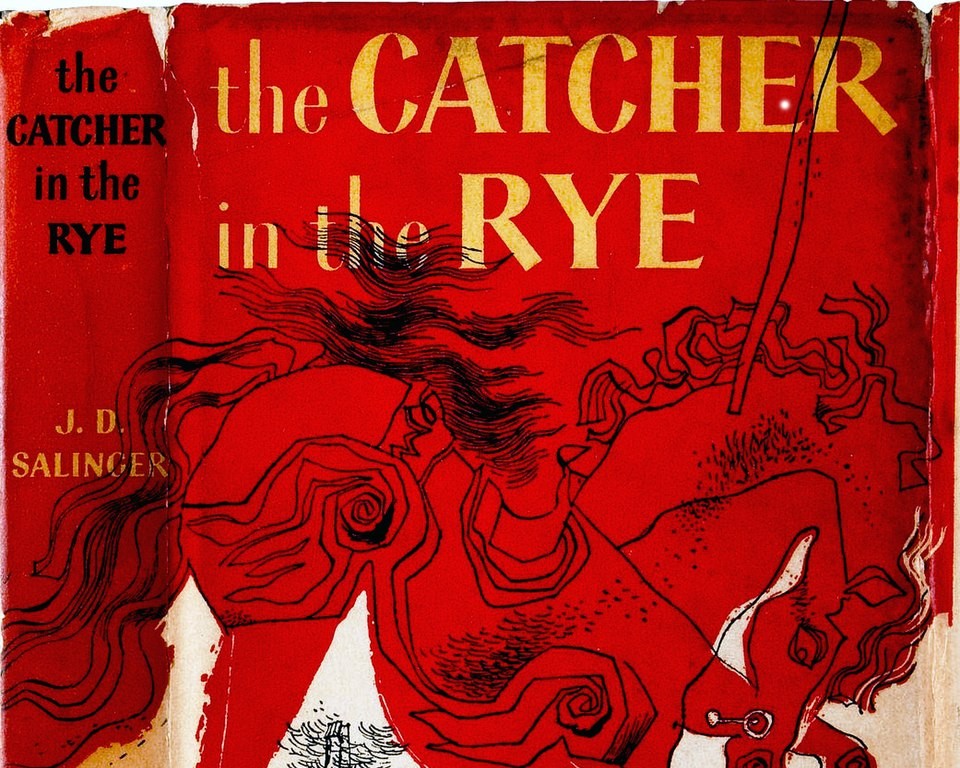
When Mark David Chapman murdered John Lennon in Dec. 1980, he carried The Catcher in the Rye as if Holden Caulfield could explain his anger at fame and phoniness. Later claims about literary meaning couldn’t mask a simpler truth about obsession and self-myth. Prosecutors focused on premeditation and the attention he craved. The paperback became a prop more than a cause, a symbol people projected onto while the harm and loss stayed painfully literal.
A Clockwork Orange Panic, Copycats, And A Pullback
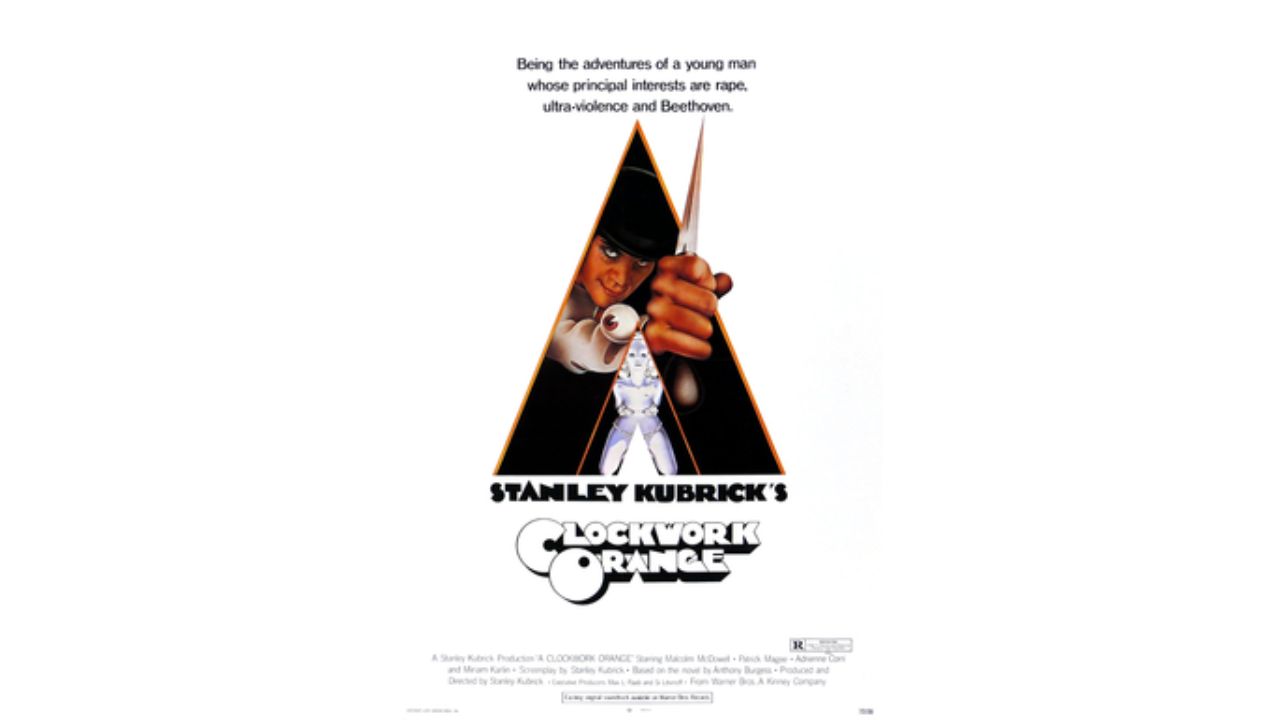
After reports of assaults with stylistic nods to the film, director Stanley Kubrick himself requested that A Clockwork Orange be withdrawn from UK cinemas for decades, driven by threats he received and fears over alleged copycat violence. While some incidents were linked to the film by police and press, direct causation remains debated and contested among experts. Whether misread satire or outright glamour to those already primed for cruelty, the controversy hinged on interpretation. The takeaway endures: art can challenge violence while still being misused by people looking for a look, a soundtrack, or an alibi.
The Matrix When Delusion Borrows A Script
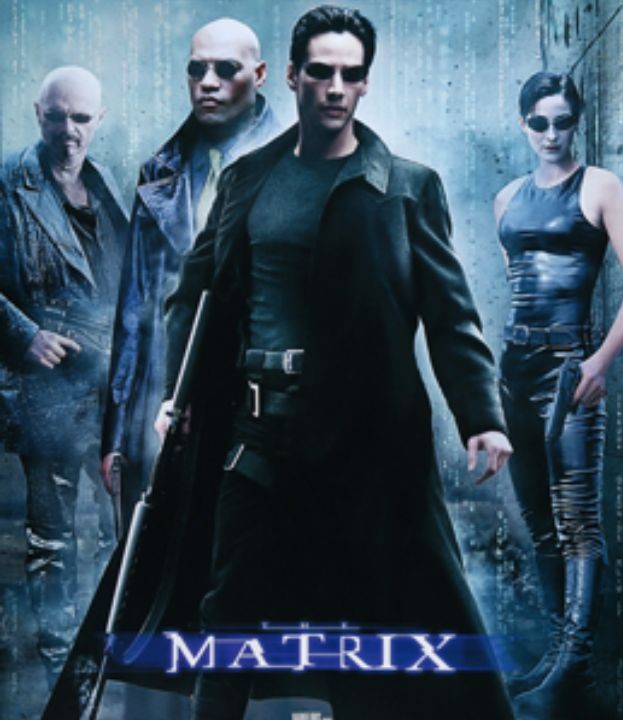
In the early 2000s, several defendants used what became known as the “Matrix defense,” citing the film’s narrative as a framework for their psychotic delusions rather than as a direct cause or motive. Joshua Cooke initially pursued that theory after killing his adoptive parents in 2003, then pled guilty. Courts saw the movie language as scaffolding for psychosis, not a shield. Clinicians mapped symptoms; judges mapped choices. Pop culture didn’t create the disorder, but it gave some defendants a vocabulary to frame it, which made careful psychiatric evaluation even more critical.
Natural Born Killers Lawsuits And The Copycat Debate
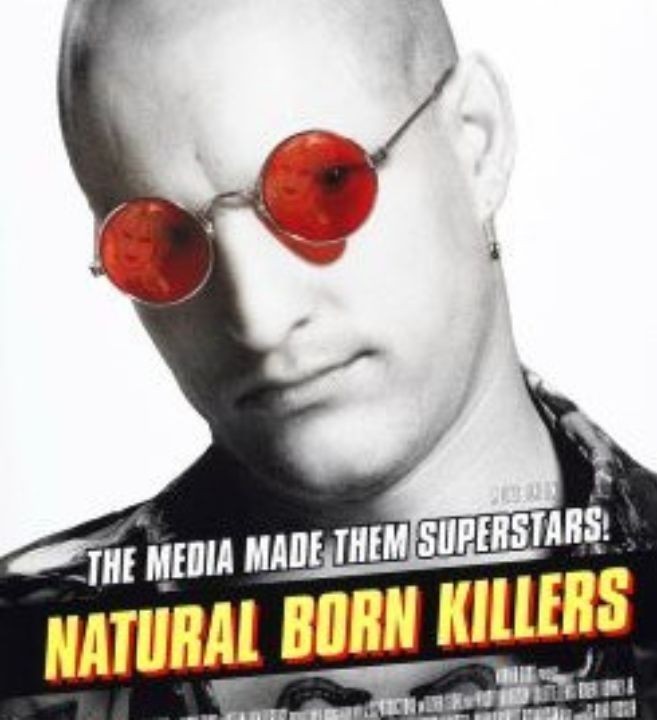
Violent incidents in the mid-1990s sparked claims that Oliver Stone’s film inspired imitation, and lawsuits tried to pin liability on the studio. Judges ultimately dismissed the cases, finding no direct incitement. The fight clarified a legal line while leaving a cultural riddle. Does a story that revels in amorality attract people already leaning that way, or ignite them? The safer answer is neither comfort nor censorship but literacy, context, and early help when fascination starts to curdle.
